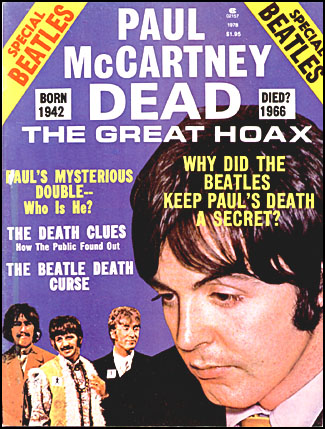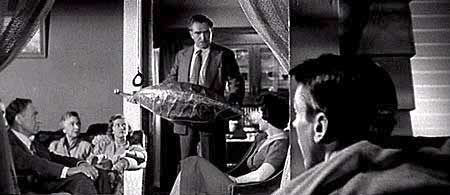After receiving word that RTH’s Senior Correspondent in New Orleans, Townsman BigSteve, was flummoxed by the strange noise heard at roughly 2:40 in the “true stereo” mix of “Fool On the Hill,” RTH Labs engineers donned their white lab coats and went to work.
Upon cursory examination, it was clear to our engineers that the sound was a highly sped-up sample of something — but what? After applying industry-standard pitch manipulation software to the problem, RTH Labs has come to the conclusion that the Abbey Road engineers and/or producers simply grabbed a few feet of existing tape of a single instrument — possibly a guitar track, though horns are not out of the question — and, prior to speeding it up by perhaps as much as two octaves, applied a very heavy tape flange to the product.
Attached is our vastly slowed-down sample for your consideration. As always, we welcome your comments and questions.
Yours sincerely,
Milo T. Frobisher
Chief Engineer
RTH Labs





